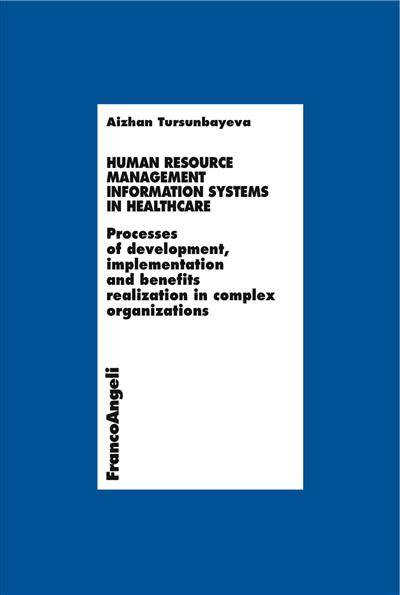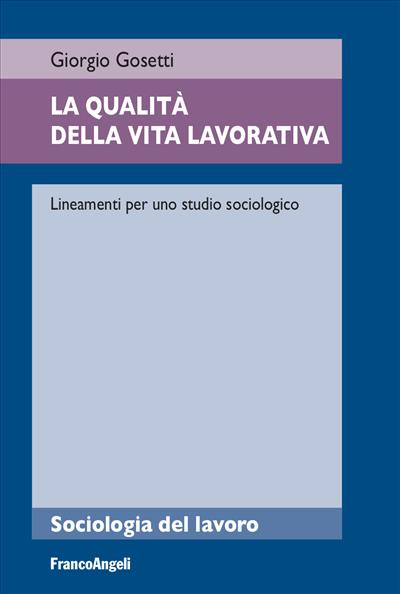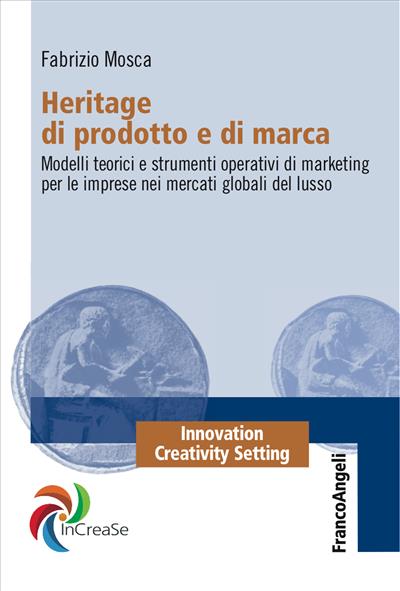
Human Resource Management Information Systems in Healthcare.
Processes of development, implementation and benefits realization in complex organizations
This analysis yielded a framework for describing the process through which social context shapes organizational information system innovations over time. This framework, and the taxonomy of expected and realized benefits from Human Resource Information Systems (HRIS), contribute meaningfully to the development of theory in this area and can inform future HRIS research.
Pagine: 156
ISBN: 9788891768759
Edizione: 1a edizione 2018
Codice editore: 365.1175
Disponibilità: Buona
Pagine: 156
ISBN: 9788891773968
Edizione:1a edizione 2018
Codice editore: 365.1175
Possibilità di stampa: No
Possibilità di copia: No
Possibilità di annotazione: No
Formato: PDF con DRM Readium LCP




